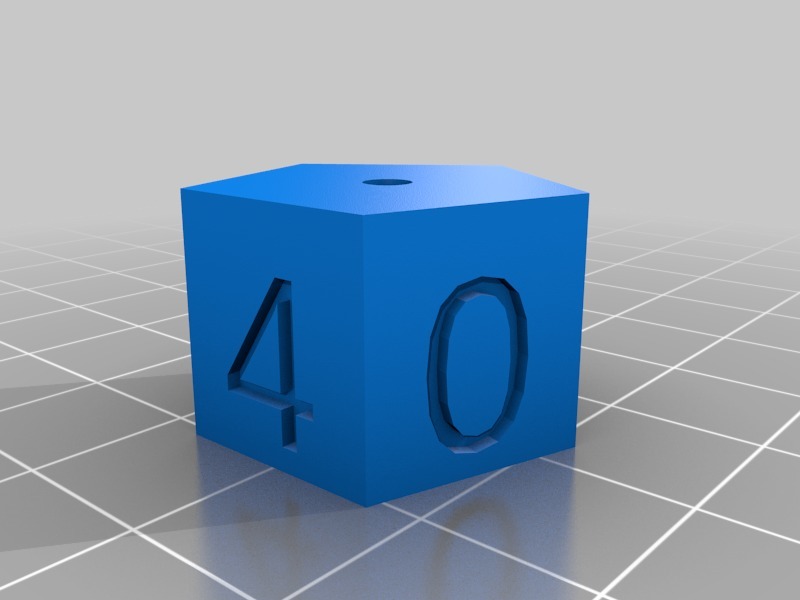
3D + Polymer Clay
thingiverse
I was working to create a 5-sided knob for my Z-Stop adjuster on my Anet-A8, using an M3 bolt with a 0.5mm pitch, which meant the knob would equate to 0.1mm. However, the original knob with these numbers was far too large, so I'll publish the smaller one in another post, but without polymer clay. The question remained - how to highlight the numbers? I eventually tried polymer clay, as advised by my friendly craft supplier in town. First, I cleaned up the faces with wet and dry abrasive paper, then pressed home the polymer clay into the numerals after it was dry. To finish, I used a sharp blade to slice off the excess clay along the face of the knob. A hair dryer heated the knob up to start the polymerisation process, creating contrasting purple numbers on yellow PLA plastic that gave me the desired contrast. Depending on how smooth the finish is, there may be some bleeding or irregularities in the characters (like 0 and 1), but a good finish is possible (as seen on 4). I'm about to transfer my A8 to an AM8 and have printed the user interface, which has an AM8 banner on it, so I've filled it with bright yellow polymer clay. It should look pretty good. This isn't rocket science, but others may find the combination of 3-D printing and polymer clay a useful trick to keep in their makers' arsenal!
With this file you will be able to print 3D + Polymer Clay with your 3D printer. Click on the button and save the file on your computer to work, edit or customize your design. You can also find more 3D designs for printers on 3D + Polymer Clay.
